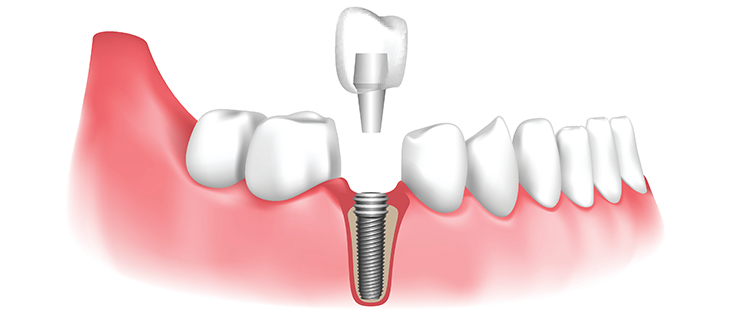
How Are Dental Implants Done?
The first step to getting implants, is a comprehensive examination and consultation with a dental professional. During this phase, the dentist evaluates the patient's oral health, reviews medical history, and assesses the quantity and quality of the jawbone. Adequate bone density is essential for the successful integration of the implant into the jaw.
Dental implants have become a game-changer in the field of restorative dentistry, providing a durable and natural-looking solution for individuals with missing teeth. The process of getting dental implants involves several steps, each crucial to ensure the success and longevity of the implant.
If the patient is a suitable candidate, the next step involves the surgical placement of the dental implant. This procedure is typically performed under local anesthesia to ensure the patient's comfort. A small incision is made in the gum to expose the jawbone, and a hole is carefully drilled to accommodate the implant. The implant, usually made of titanium, is then securely placed into the bone.
After the implant is in position, a healing period begins. During this time, which can range from a few weeks to a few months, the bone gradually fuses with the implant through a process called osseointegration. This integration is crucial for the stability and strength of the implant.
Once osseointegration is complete, an abutment is attached to the implant. The abutment serves as a connector between the implant and the prosthetic tooth. In some cases, the abutment may be attached during the initial implant placement surgery.
Finally, the dentist creates a custom-made crown or prosthetic tooth that is securely attached to the abutment. The crown is designed to match the shape, size, and color of the surrounding natural teeth, providing a seamless and natural appearance.
The entire process of getting dental implants requires precision, expertise, and collaboration between the patient and dental professionals. While the initial investment of time may seem significant, the long-term benefits, including improved functionality, aesthetics, and oral health, make dental implants a highly effective and permanent solution for replacing missing teeth.

 Copyright ©
Copyright ©